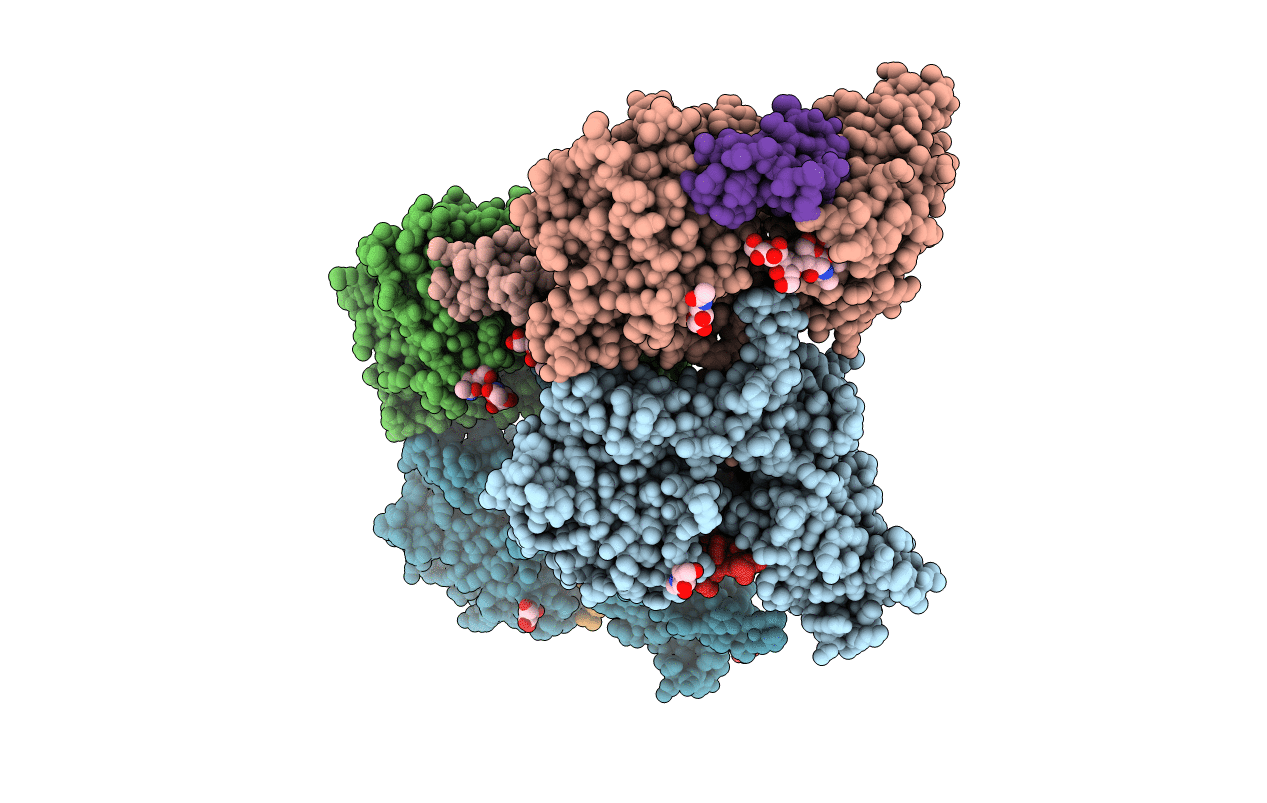
Deposition Date
2017-06-28
Release Date
2017-10-18
Last Version Date
2024-11-20
Entry Detail
PDB ID:
5WB7
Keywords:
Title:
Crystal structure of the epidermal growth factor receptor extracellular region in complex with epiregulin
Biological Source:
Source Organism:
Homo sapiens (Taxon ID: 9606)
Host Organism:
Method Details:
Experimental Method:
Resolution:
2.94 Å
R-Value Free:
0.26
R-Value Work:
0.22
R-Value Observed:
0.22
Space Group:
P 1 21 1


